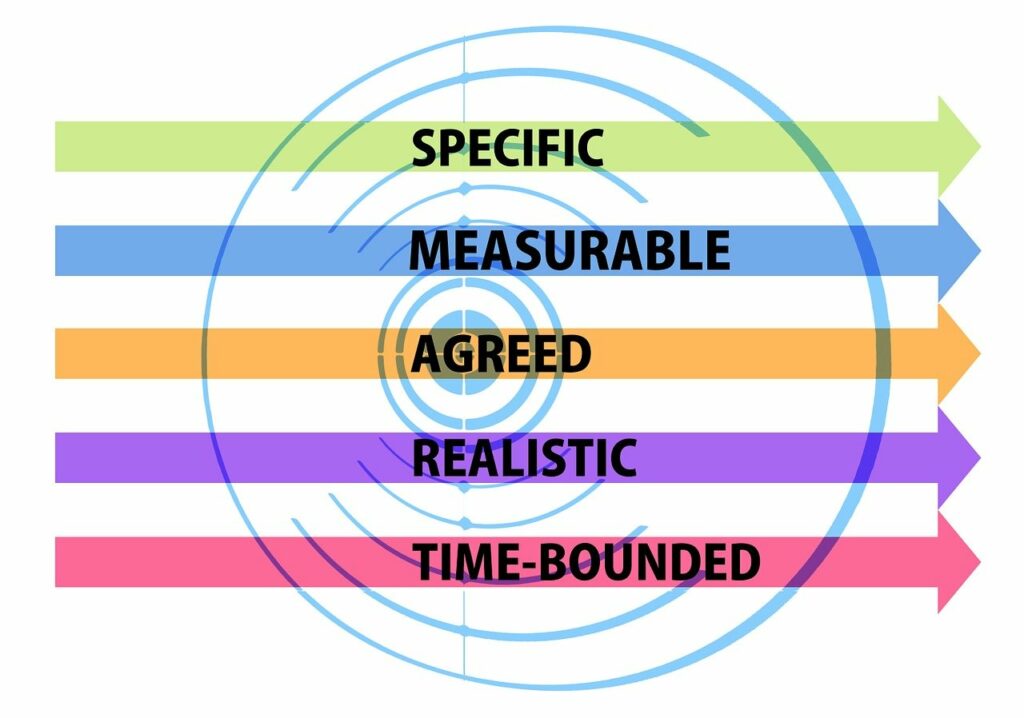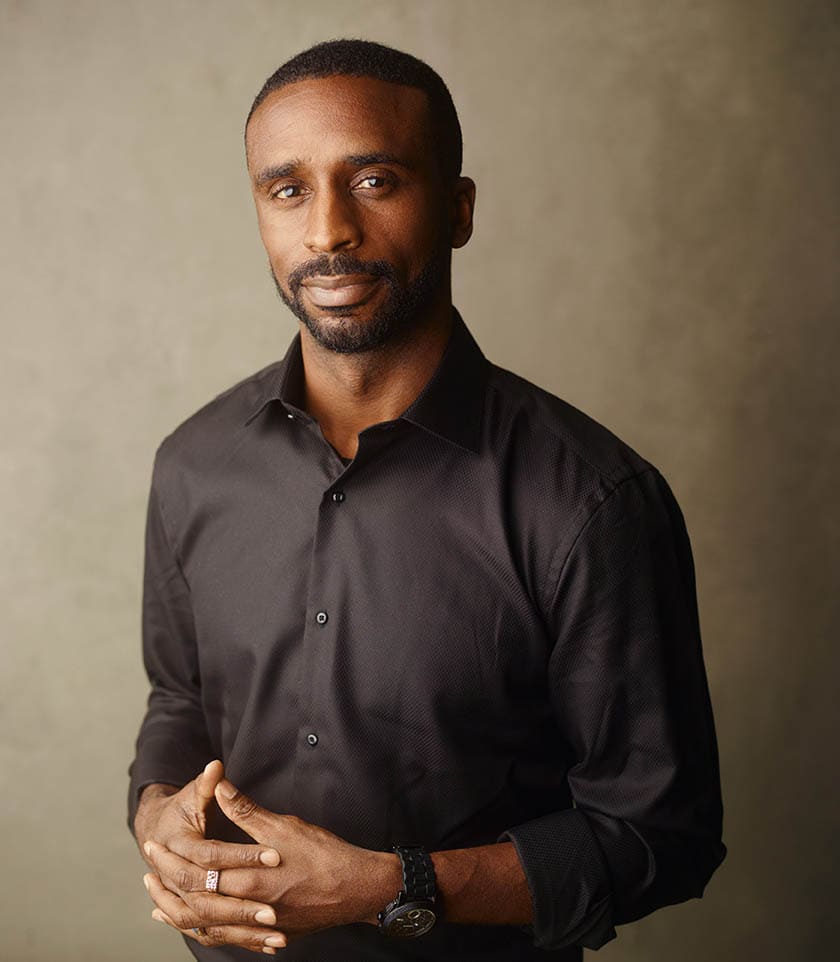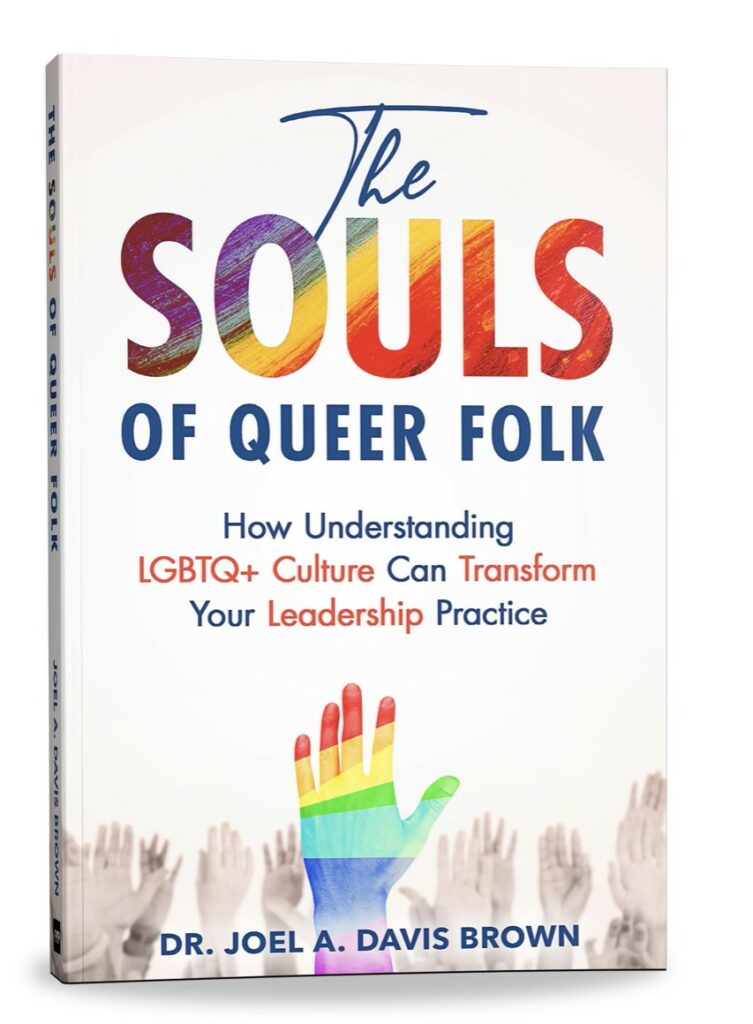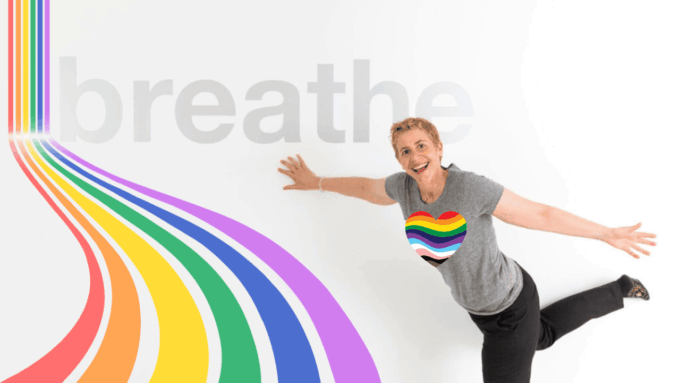Kim Scott is the author of Radical Candor: Be a Kick-Ass Boss Without Losing Your Humanity and Radical…
Simple Ways Leaders Can Integrate Wellness Rituals Into the Workday
By Dr. Joel A. Davis Brown, Chief Visionary Officer of Pneumos LLC and author of The Souls of Queer Folk: How Understanding LGBTQ+ Cultural Values Can Transform Your Leadership Practice.
Having coached senior leaders for 15 years, the one issue I’ve seen plaguing leaders consistently is their reticence to honor their bodies and take better care of their physical health.
Groomed in the “old school” leadership tradition of irregular eating, sitting for hours on end, and working until twilight, exhibiting poor physical health has almost become a badge of honor among today’s organizational leaders.
With nearly everyone I have coached, the issue of physical well-being has impacted some aspect of their job performance, family dynamics, and overall welfare. Yet, those leaders who prioritize their health and wellness are at a greater advantage than those who do not.
Want to improve workplace well-being? Let's talk!
Develop Rituals to Enhance Workplace Well-Being

According to the Center for Creative Leadership, leaders who exercise regularly were rated significantly higher by their bosses, peers, and direct reports on measures related to leadership effectiveness than those who don’t.
As a result, today’s professionals and leaders must develop rituals and habits that support their physical well-being. In the wellness context, a ritual is an intentional practice that is designed to create more personal fulfillment.
Our happiness depends on our level of satisfaction in one of four areas: the emotional, mental, spiritual, and physical dimensions of our lives. The emotional aspect refers to our level of joy and whether our level of fulfillment is trending upward or downward.
The mental dimension references the level of presence we show when engaging others and tending to our daily responsibilities. The spiritual element speaks to purpose and the level of meaning we derive from our lives. And the physical component refers to our ability to maintain physical vitality.
As we look to develop rituals, we have to first assess our state of well-being in each of the four holistic dimensions. For example, as we look at our emotional well-being, we may ask ourselves: “How much gratitude do we feel throughout the day?”
When we examine our mental well-being, we may consider: “How well do I manage distractions during the day?” It is important to understand our current state to craft an effective strategy for improving one’s life.
Get S.M.A.R.T About Workplace Well-Being

Once you have determined your current state of wellness, then you can design your rituals to address specific areas of concern. When creating rituals, we should always follow the
S.M.A.R.T. rubric to ensure success:
- Specific: Rituals should be detailed enough to address one’s needs.
- Measurable: They should have progress indicators and metrics to gauge what conditions will achieve success.
- Achievable: Rituals should be reasonable and attainable and reflect a realistic chance of success.
- Relevant: They should be related to the particular area of concern.
Time-bound: Rituals should be initiated within a specific time frame. They should have a deadline. Otherwise, they run the risk of being aspirational in perpetuity.
In addition to following the S.M.A.R.T. rubric, rituals should stretch us to create meaningful change. Our personal lives are organized to maintain the status quo and keep us in a place of complacency, even if these are unhealthy aspects of our lives.
As we seek to improve our lives, we must design rituals that help us overcome the inevitable inertia we will face in trying to make substantive change. Like grooves worn into a tire, our brains are wired to support the behaviors and actions we routinely take.
However, we know from the field of neuroscience that we can rewire our brains to develop new responses to stimuli in our environment. Neuroplasticity is the ability of brain cells to adapt and facilitate behavioral change.
7 Tips for Making Workplace Well-Being Stick
- Change is hard. Be kind to yourself as you initiate rituals. If you regress, focus on discipline instead of perfectionism.
- Anticipate the reaction. When we initiate rituals, we must anticipate challenges and create a plan to overcome them.
- Find joy in repetition. Find joy in repetition. Find joy in repetition (borrowing from the song written by the badass musical artist Prince). The key to rituals is making them habits. Habits are automated, unconscious responses cued by our environment,151 and when we repeat our rituals consistently, we help to make them habits that underline a new, healthy way of being.
- Support recovery. Establishing new rituals will test your mental, emotional, spiritual, and physical fortitude. Set aside time for rest and recovery, so your new rituals don’t become burdensome.
- Share your goals with others who can support you in maintaining your rituals.
- Find an accountability partner who challenges you in healthy ways to commit to the goals you’ve set.
- Create a reward system that incentivizes certain behaviors. For example, when writing this book, I set daily writing goals that, if achieved, meant that I could participate in some social activity.
By following these activities to enhance your well-being, you can rewire your brain and create lasting rituals that improve your holistic health.
***

————————————————————————————————————————————————————————————–
- Take the Radical Candor quiz >>
- Sign up for our Radical Candor email newsletter >>
- Listen to the Radical Candor podcast >>
- Shop the Radical Candor store >>
- Get Radical Candor coaching and consulting for your team >>
- Get Radical Candor coaching and consulting for your company >>
If you understand the importance of well-being in the workplace, then you need The Feedback Loop (think Groundhog Day meets The Office), a 5-episode workplace comedy series starring David Alan Grier that brings to life Radical Candor’s simple framework for navigating candid conversations.
We’re offering Radical Candor readers 10% off the self-paced e-course. Follow this link and enter the promo code FEEDBACK at checkout.




